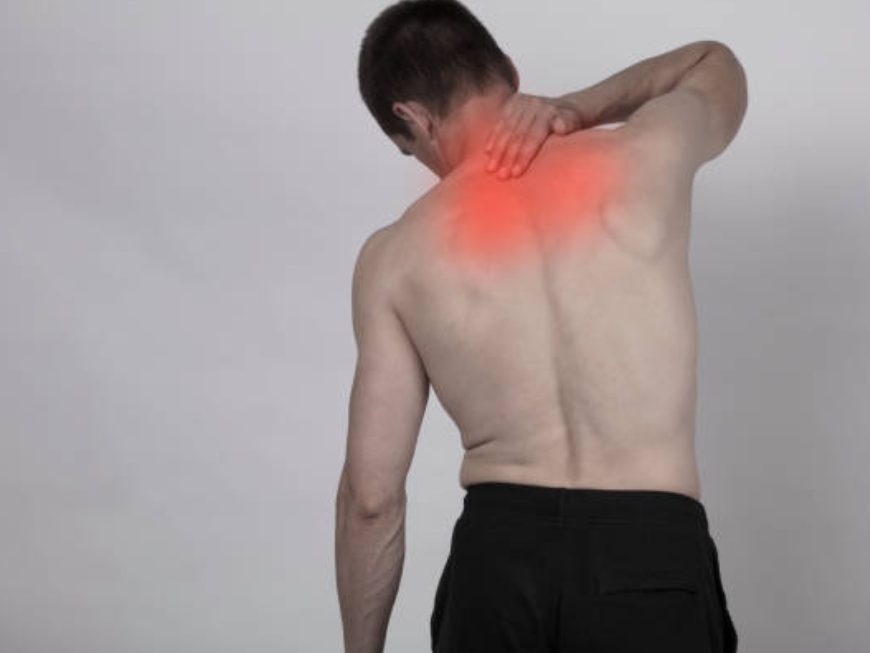Soto-Hall Test
Purpose of Soto-Hall Test: To determine if there is a fracture or a lesion of the lower cervical and/or thoracic vertebral joints (1) or to apply traction on the spinal cord and find if there is mass such as a tumour (2). Patient position: Supine lying. Examiner position: Beside the patient, Standing at the patient’s head side. Procedure: Perform the limb/joint positioning sequence in the … Continue reading Soto-Hall Test
